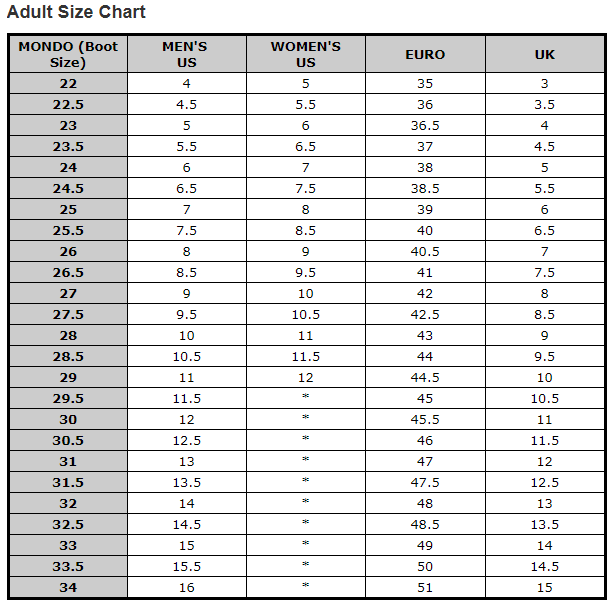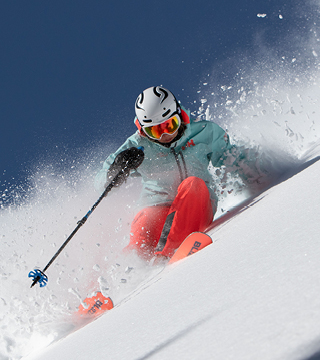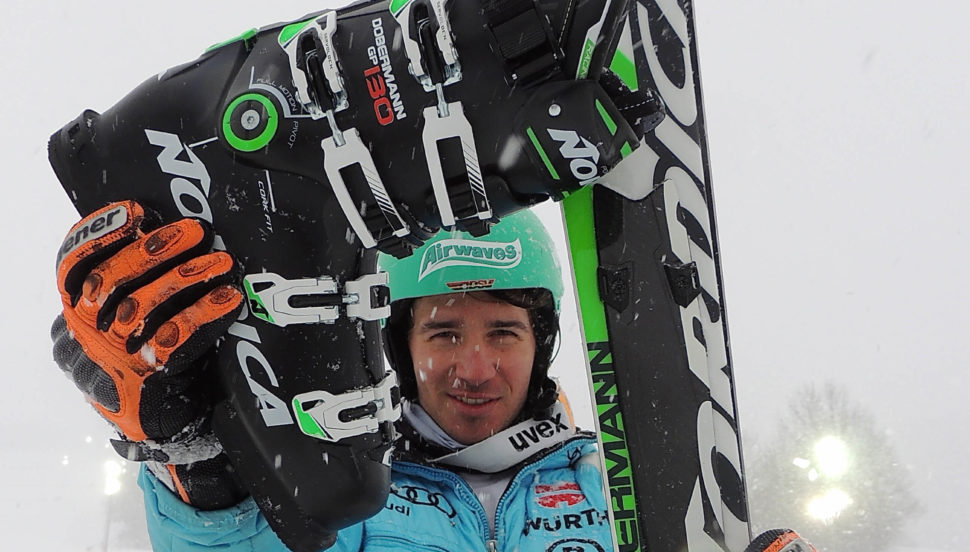Your ski boots are arguably the most important piece of ski equipment as they translate the body’s intentions to the skis. For this reason, we recommend you spend some time choosing the right boot – and if possible, speak to a Torpedo7 team member who can help you find the perfect fit.
The 2 Key Factors
Step 1: Decide on Flex Factor
As a general guide, the flex rating of a boot has to do with the force required to flex the boot forward. The stiffer the boot, the better the energy transfer for optimal responsiveness. Boot stiffness ranges from 50 (very soft), to 130 (very stiff).
Soft Flex (less than 80): best for beginners who are still trying to get the hang of things. These boots are comfortable and best for leisurely ski runs.
Medium flex (80 – 100): best for intermediate skiers who want a more responsive ski run. A stiffer boot will allow better carves and higher speeds.
Stiff flex (above 100): these boots are super responsive, and best for the advanced skiers who take on the most challenging terrain.
Step 2: Get the Right Fit
Ski boots are sized in Mondopoint, which is length of foot (heel to the big toe) in centimetres.
If the boot feels too short, flex the boot with the uppers buckled. Driving the knee forward will move the heel back. Little to no pressure on the toes while doing this is indicative of right sizing.
Many manufacturers will make 2 or 3 different models (lasts) based on forefoot width in mm.
The Instep is the measurement from the floor under the arch to the top of the foot. If this is too small a painful pressure point can be formed. Trying the boots on for 10-15 minutes should make this very apparent.


Shop Ski Boots
Features for the Frothers!
Cushioning
Protection against impact. Generally made from foam, with better quality cushioning more durable and some with integrated gel pads.
Outsole
Critical for grip in icy conditions. Usually a foam/rubber mix with high-end models integrating spikes and advanced materials.
Articulation
A type of construction that allows sections to flex independently for a more fluid motion.
Heel Grip
Usually built into the liner with strategic padding/lacing to minimise lift.
Power Strap
Near the top of the boot to add extra support and response.
Shrinkage
Actual length of the boot is a size smaller that reduces chance of heel/toe drag.


















